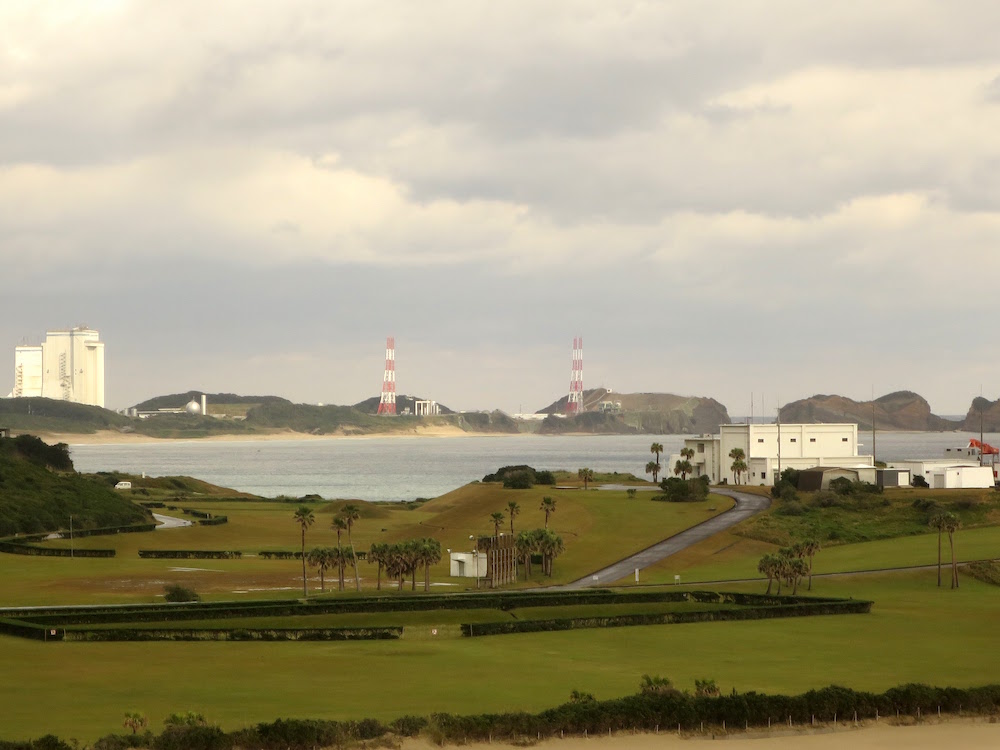Flying to a Tropical Island
- By Kevin Boyce
- January 29, 2016
- Comments Off on Flying to a Tropical Island
Two weeks left until Astro-H launches. The spacecraft propellant tanks have been filled, all “non-flight” items (such as protective covers) have been removed, and the spacecraft has been installed in the fairing (the pointy end of the rocket).
The team from Goddard is on our way back to the launch site for final preparations. Technically, Tanegashima is not a tropical island; tropical means a latitude of less than 23.44° North or South. That’s the latitude where the sun gets to directly overhead on the summer solstice. Tanegashima Space Center (TNSC) is at 30.4° North. Not tropical, but similar in weather to NASA’s Kennedy Space Center in Florida. So, nice beaches, palm trees, and generally warm weather (although it snowed there last week).
Speaking as someone who travels to rocket launches for work, it’s very nice that they tend to be in warm places on the shore. But there are good reasons for that, really. Rocket launch sites are often near the ocean for safety reasons. If you launch over water, and something goes wrong, you don’t have to worry about what is essentially a huge bomb landing on a populated area. I’m happy to report that the H-IIA rocket that will launch Astro-H is the latest in a series with extremely good reliability. We will be the 30th flight of the program, and 28 of the previous 29 were successful. That’s a 97% success rate, which is as good as it gets in rocketry.
Still, any rocket is a dangerous machine, so launching over water is much safer than launching over land. You do have to make sure no boats are in the area at the time of launch, of course.
That explains why so many launch sites are near the shore, but why are they in the tropics? The reason is the physics of spaceflight. To get into orbit, you have to be traveling at orbital velocity, about 7600 meters/sec (17,000 mph). Since the Earth is rotating at 460 m/s at the equator, you can use that as part of your necessary orbital speed, and thus save some fuel (and therefore money). For this reason, most spacecraft are launched from near the equator, in the direction of the Earth’s spin (to the East). Of course, some spacecraft require orbits where you can’t take advantage of this fact, but for Astro-H the orbit doesn’t much matter, so we do.
So it really is a matter of safety and frugality that push us to (mostly) launch spacecraft from such beautiful locations. The fact that it’s pleasant for the team is just a happy side effect.



